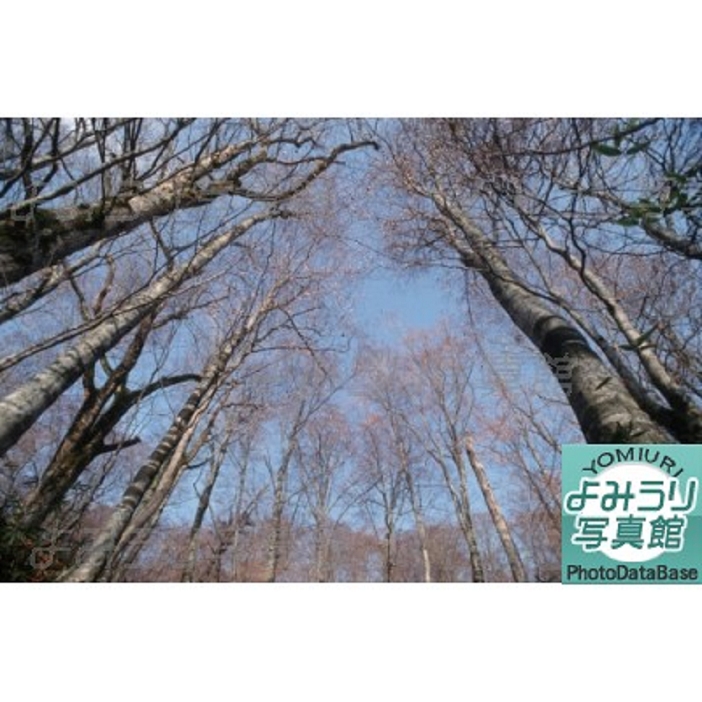
ED
Shirakami mountain range on the border of Aomori and Akita prefectures, where primeval beech forests have spread since ancient times.
The Shirakami mountain range on the border between Aomori and Akita prefectures is home to a primeval beech forest that has been inhabited by 2,600 species of plants and animals since ancient times. The deciduous layer of the beech trees, which are a few hundred years old, stores rainwater like a sponge, which eventually turns into humus and provides a rich harvest. The beech forests of the Shirakami mountain range on the border of Aomori and Akita prefectures have a rich ecosystem and have been living in isolation from human society for 8,000 years. The Shirakami beech forest, which is said to have been created at the end of the Ice Age, covers an area of 45,000 hectares. It is the largest beech forest in East Asia, with 14,000 hectares of virgin forest designated as a nature conservation area, which is almost untouched by humans. Photo taken in Aomori Prefecture in December 1992.
Details
ID
37682789
Collection
License type
Editorial
Photographer
Restrictions
High-resolution file available on request
Authorization requested before purchase
Authorization requested before purchase
Authorization requested before purchase
Authorization requested before purchase
Creation date
03-02-2017
Contact Aflo for all commercial uses.

More
Top Categories
